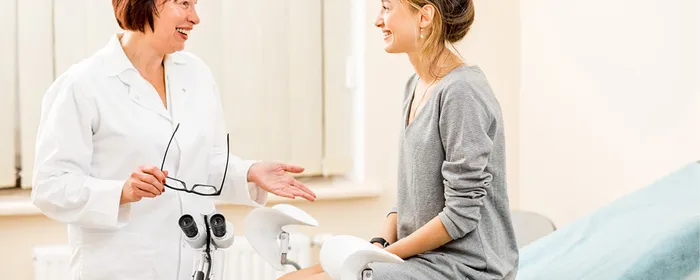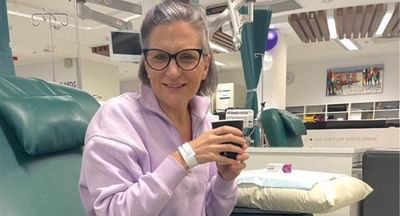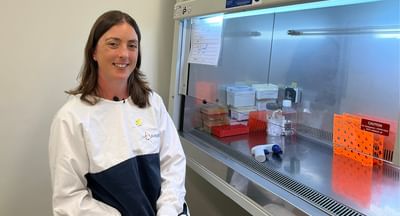Cervical cancer kills 237 people each year in Australia. Since the National Cervical Cancer Screening Program was introduced in 1991, cervical cancer deaths have dropped by 50 per cent—with Australia having some of the lowest rates in the world.
It is expected that the new Cervical Screening Test, which was introduced in 2017, will continue to reduce cervical cancer cases and deaths by about 20 per cent.
With these incredibly promising figures, research shows that Australia is on track to eliminate cervical cancer as a public health issue by 2035 through a combination of the Human Papillomavirus (HPV) vaccination and screening. However, to achieve this, eligible Australians need to get tested every five years.
To recognise five years since the new Cervical Screening Test was introduced in Australia, we asked Cancer Council SA Prevention Coordinator, Liana Bellifemini to explain how cervical screening has changed and what this means for eligible Australians.
How has the test changed?
“The new Cervical Screening Test looks for HPV, which we know causes more than 95 per cent of cervical cancers,” Liana explains.
HPV is a sexually transmitted virus. Most cases of HPV clear up on their own and don’t require any treatment. However, if some types of HPV remain in the body for a long time, they can cause changes to your cells which can result in cancer.
The Cervical Screening Test can detect particular HPV infections in cervical cells sometimes before they cause abnormal cells to develop. Previously, the Pap test only looked for abnormal or precancerous cells once they had already developed.
Who can get a Cervical Screening Test now?
“The Cervical Screening Test is recommended for women and people with a cervix aged 25-74. Previously, the Pap test was recommended to those aged 18-69,” Liana says.
“Cervical cancer is extremely rare for those aged under 25 years. So, by starting routine cervical screening at 25, we prevent unnecessary testing.”
How often is it recommended that people are screened now?
“It is now recommended that eligible Australians get a Cervical Screening Test every five years, instead of every two years like the Pap test previously,” Liana says.
“This is because cervical screening can find changes in your body long before cancer develops and treatment for these changes is very effective in preventing most cases of cervical cancer.”
“As we mark five years since the change, those who have not had a Cervical Screening Test in the last five years are now either due or overdue for a Cervical Screening Test.”
“We really encourage women who are due, who aren’t sure when they had their last cervical screening, or who are experiencing symptoms to make an appointment with their GP.”
Women and people with a cervix aged 25 to 74 who are due for a Cervical Screening Test can now choose between self-collection or having a sample collected by their healthcare provider. Learn more about cervical screening self-collection here.
If you are experiencing symptoms of cervical cancer such as unusual bleeding, pelvic pain or a change to vaginal discharge, it is important that you see your GP as soon as possible—even if you are up to date with your cervical screening. Learn more about symptoms of cervical cancer here.
For more information about cervical screening, call 13 11 20 to speak to an experienced cancer nurse or visit this page.
References:
Development of a National Cervical Cancer Elimination Strategy – Consultation paper, Australian Centre for the Prevention of Cervical Cancer
Cancer Council Australia: Screening | National Cancer Prevention Policy Cervical Cancer | Cancer Council ; About the test | Cancer Council






